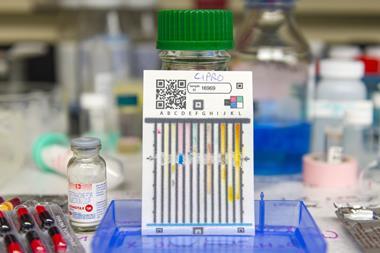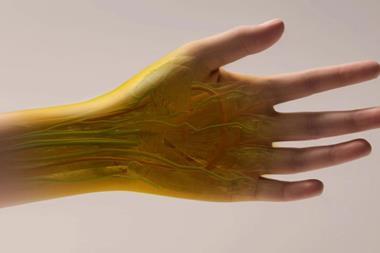A paper centrifuge inspired by a 5000-year-old toy could spark a revolution in medical diagnostics.
Centrifugation is often an important first step in medical analysis. It is used to separate plasma from blood samples, and during the analysis of parasites in biological fluids. However, laboratory centrifuges are often expensive and need electricity to run. This can present barriers for health workers, particularly in rural areas in developing countries.
Now, researchers from Stanford University, US, have developed a hand-powered, low-cost centrifuge which can be made using just paper and string. It is based on an ancient whirligig toy – a disc spun by pulling strings which pass through holes at its centre and which costs pennies to make. The oldest whirligig, or ‘buzzer’, toys can be traced to the Levant during the early bronze age.
The new ‘paperfuges’, weighing only 2g, can reach speeds of 125,000 revolutions per minute. This is fast enough to separate plasma from blood samples in under two minutes, or to isolate malaria parasites after just 15 minutes. Plastic versions of the device can be produced in bulk using a 3D printer. Field testing in Madagascar demonstrated the ease with which the paperfuges can be used.
The team was led by Manu Prakash, co-inventor of the Foldscope – a microscope costing $1 (£0.82), designed to help researchers in resource-poor settings.
References
M S Bhamla et al, Nat. Biomed. Eng., 2017, DOI: 10.1038/s41551-016-0009



























No comments yet